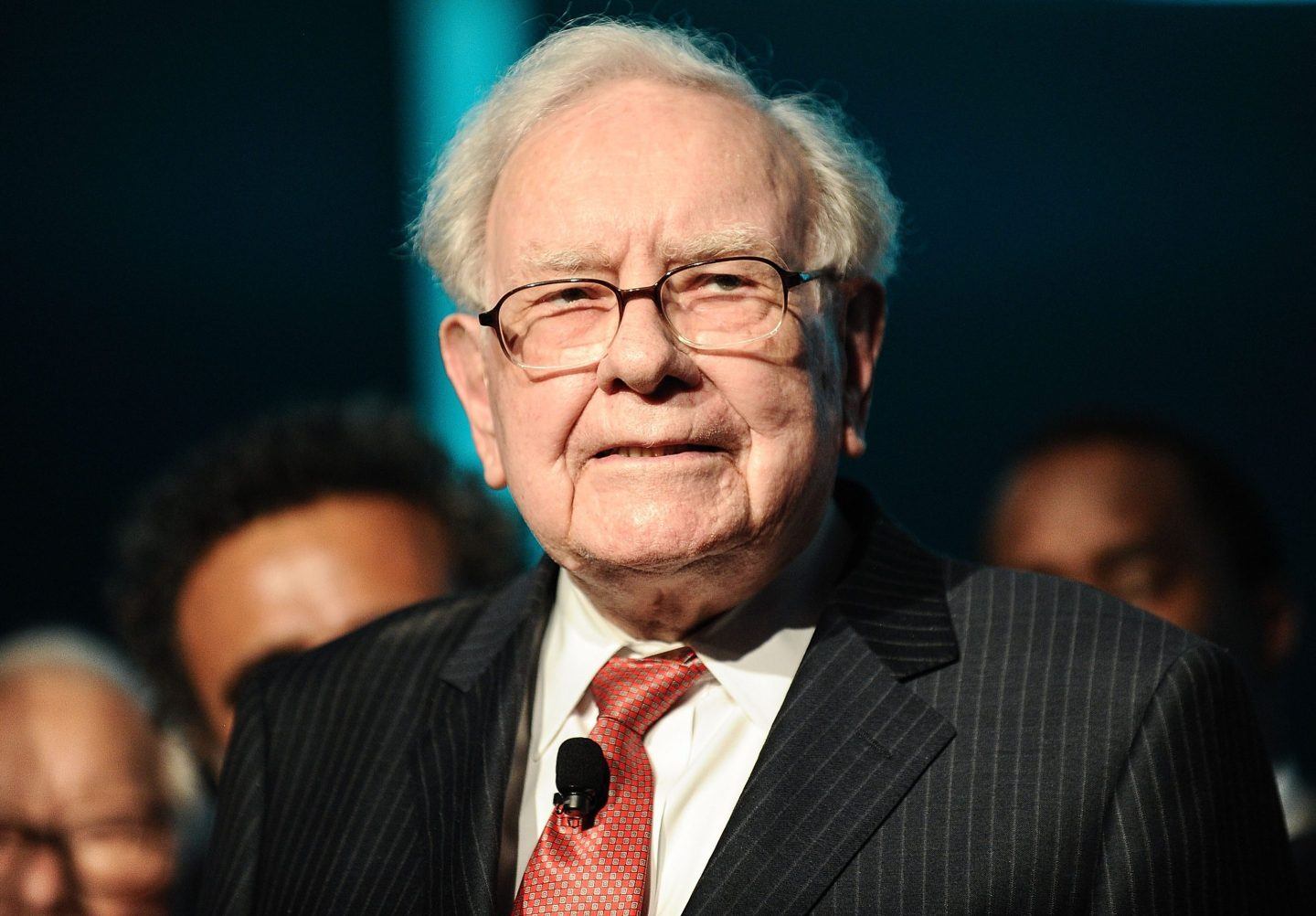Buffett's Japan layout began in 2020, when he bought 5% of each of the five major trading companies for about US$30 billion.
Berkshire Hathaway, a subsidiary of Warren Buffett, has recently increased its investment in Japan's top five trading companies again, attracting the attention of global capital markets.According to regulatory documents submitted on March 17, Berkshire's shareholding in Mitsui & Co., Ltd., Mitsubishi Corporation, Sumitomo Corporation, Itochu Corporation and Marubeni has approached the 10% upper limit, increasing to 9.82%, 9.67%, 9.29%, 8.53% and 9.30%, respectively.This action was only three weeks after Buffett announced in his annual shareholder letter that he would "increase his holdings of Japanese trading companies indefinitely." The market quickly responded with a rise in stock price-Mitsubishi Corporation's single-day gain exceeded 8%, and the shares of the other four trading companies also collectively climbed, showing the boost effect of the "Buffett Effect" on the Japanese stock market.
Buffett's layout in Japan began in 2020, when he bought 5% of each of the five major trading companies for about US$30 billion. This decision was seen at the time as a counter-trend bet on Japan's "lost thirty years."Six years later, the floating profit of this investment has reached nearly 70%. As of the end of 2024, Berkshire's cost of holding positions was US$13.8 billion, and its market value soared to US$23.5 billion.What is more noteworthy is its unique financing strategy: it achieves currency risk hedging by issuing low-interest yen bonds (with an interest rate of only 0.5%) to purchase Japanese stocks, making dividend income (expected to reach US$812 million in 2025) and interest costs (US$135 million) The spread between becomes a stable cash flow.This model of "borrowing yen to invest in yen assets" not only avoids exchange rate fluctuations, but also amplifies the compound interest effect. It can be called a textbook case of the use of leverage.InvalidParameterValue
The business model of the Japanese trading company is highly consistent with Berkshire's strategy, or the core logic that Buffett has long been optimistic about.The five major trading companies control the "capillaries" of the Japanese economy-Mitsubishi Corporation handles 20% of the world's liquefied natural gas trade, Sumitomo Corporation owns 2 million hectares of farmland in Southeast Asia, and Marubeni is the world's largest beef trader.This entire industry chain layout from "oil field to table" will enable it to maintain an average return on equity (ROE) of 12% despite global commodity fluctuations in 2024.The Goldman Sachs report pointed out that the five major trading companies collectively hold overseas assets worth US$380 billion, equivalent to 68% of Japan's foreign exchange reserves. Their business reach deeply into anti-cyclical areas such as energy, metals, food, and retail, forming a natural risk cushion.Buffett particularly emphasized in his shareholder letter that the operating model of these companies is similar to Berkshire's "holding + operating" strategy, and management compensation is much lower than that of their American counterparts, and capital allocation focuses more on shareholder returns.InvalidParameterValue
The dividends of structural reform of Japan's economy have provided Buffett with institutional opportunities.In recent years, the Tokyo Stock Exchange has promoted corporate governance reforms, requiring listed companies to optimize governance structures and improve shareholder returns.In 2024, the scale of stock repurchase by Japanese companies will reach 16.8 trillion yen, and the five major trading companies will use 46% of their profits for dividends, significantly higher than the average of 31% for S & P 500 companies.At the same time, Japan's economy is gradually emerging from the shadow of deflation. The net profit of listed companies from April to September 2024 increased by 15% year-on-year, hitting a new high for four consecutive years. A virtuous cycle between wages and prices is beginning to emerge.These changes are regarded by Buffett as "a perfect sample of capitalism." He bluntly stated in his letter to shareholders: "Japanese trading companies increase dividends at appropriate times and buy back shares at reasonable times. This is the cornerstone of our long-term investment.”
The market's interpretation of Buffett's increase in holdings has gone beyond mere financial returns and has focused more on geo-economic strategies.As "extensions of national sovereignty", the five major trading companies 'global resource integration capabilities are particularly critical in the era of supply chain restructuring.For example, Mitsui & Co.'s layout in Australia's iron ore and natural gas sectors and Marubeni's investment in infrastructure projects in Southeast Asia are deeply tied to global energy transformation and regional economic integration trends.Mei Hezuo, chief economist of Nomura Securities, pointed out that the trading company model is essentially "a survival strategy for Japan, which is a country based on trade, to survive in the face of global economic fluctuations." By holding shares in these companies, Buffett indirectly realized global commodity and supply chain layout.In addition, in the context of the Bank of Japan's interest rate hikes, the attractiveness of Japanese yen assets has further enhanced, while the price-to-book ratio of trading stock prices is still below 1.5, and the dividend yield remains at 3%-5%, which is more cost-effective than US bonds.InvalidParameterValue
For ordinary investors, Buffett's strategy provides multiple insights.First, long-term doctrine and compound interest thinking are still the key to crossing the cycle-Berkshire promises to hold shares for 10-20 years, which matches the long-cycle nature of the trading company's business; second, it uses low-interest leverage to amplify profits, but it is necessary to strictly match the monetary attributes of assets and liabilities to avoid exchange rate risks; third, pay attention to the valuation revaluation opportunities brought by corporate governance reform, especially shareholder return indicators such as dividend rates and repurchase intensity.

